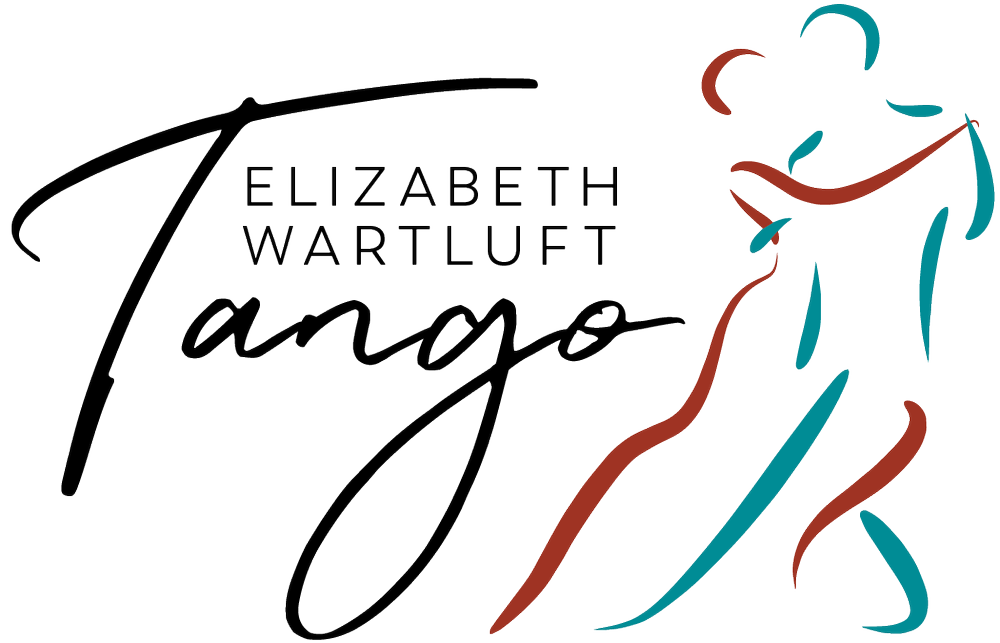Thanks to the folks who fixed up my house and sold it to me, I had floors that were paper thin (a bad refinishing job). I took advantage of going out of the country to empty the first floor of my house and replace the floor. Given the price tag of that endeavor, I have followed instructions to the letter to let the finish harden, so only socks have been dancing on the floor for the past week.
Dancing in socks can improve your technique
Are you using your entire foot in the dance?
It’s easy to think that you have all four corners of your foot on the floor at the end of each step when in shoes. You can’t feel the floor as easily as when you are barefoot. However, in socks you cannot hide that heel hover left over from ballet class. You can’t disguise the fact that your foot is rolling out or in and needs strengthening exercises. You feel the floor hard against your foot if you have been popping up on the ball of your foot instead of focusing on the metatarsal arch to give you balance.
In socks, practice your front, back and side steps. Explore your ochos and your giros: where is your technique failing you, or where is your foot in need of extra attention? Because pivoting has very little friction like this, you may find a better way to get around corners!
Are you on axis?
My first tango teacher told me I should practice dancing on very slick floors and very sticky floors so that, no matter what floor appeared at a milonga, I would feel comfortable dancing. Socks give that “very slick” floor feeling and can feel a little scary at first IF YOU ARE OFF AXIS.
Dancing in socks helps you to see if you are really on balance in your steps. If you have been reaching behind you or leaning off-balance in your dance, you will really feel it in socks as your feet threaten to go out from under you. Conversely, if you are well on-axis, you have more ease of pivoting and more information from the floor than in your dance shoes.
Do your adornos feel fun and sensuous?
Drawing on the floor with your feet can feel great: the sensory feedback allows you to be more stretchy or playful or . . . whatever you want to find in your dance. Are you using the floor in your adornos, or are your feet simply near the floor? In my first private lesson with an Argentine, the teacher exhorted my partner to “gancho like a woman, not a girl” and I will apply that to adornos: really get into the move, instead of timidly suggesting a movement :-)
As a lead, are you rushing the follower or yourself?
As a leader, being on axis and using your feet is just as important as when you are following. You have the additional task of ensuring that the follower feels secure. In socks, make sure you slow down enough that the follower can safely negotiate each move. Perhaps you might consider dancing at this speed all the time for the comfort of the follower!
The size of your steps also matters. If you tend to lunge around in huge steps, think about how that feels to a shorter person or someone not 100% on axis. I suggest exploring steps that travel less but stretch up and down your axis to give you an elegant tango that does not run over more prudent dancers around you. If you can’t do it in socks, maybe it’s too big for social dance.
Socks can make you slow down and smell the roses (not the socks!)
Many of us dash about in tango, trying to ocho on every beat, punching steps to speed them up, and ignoring the more leisurely, sensuous moments of the music. Dancing in socks encourages us to slow down, to take time to savor pauses and slow motion. It gives us the gift of hearing more in each song and each partner. It allows us time to breathe.
We have a few more days with no shoes on my floor, so I will continue to revel in sock tango. Try it yourself!



